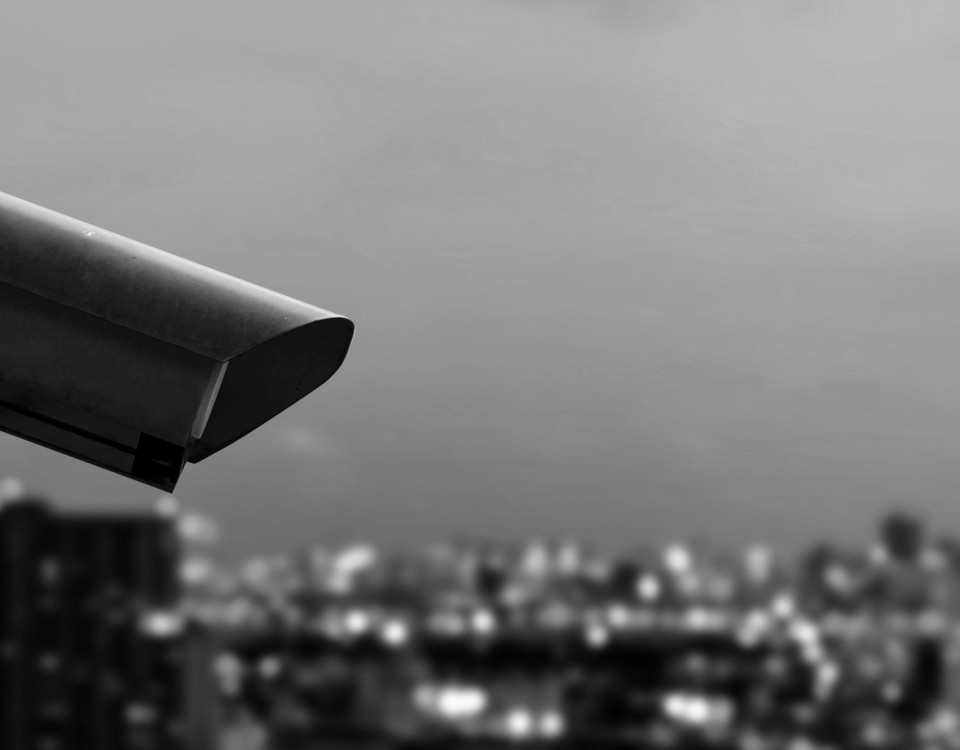CCTV continues to have key role for sports ground security
During the past few weeks the English Premier League has seen a spate of incidents that many felt should have been consigned to history. The Football Association (FA) is investigating allegations of coins being thrown at players over the last two weekends.
Jack Butland, Stoke City’s goalkeeper, was on the receiving end of an object thrown at him during his team’s game with Aston Villa. During the course of the same weekend Queens Park Rangers players were targeted with coins by visiting Birmingham City supporters.
 The Football Association is already investigating incidents from the previous weekend. In one incident West Bromwich Albion’s Chris Brunt received a cut under his eye. This was caused by a coin thrown by one his team’s own fans. The other incident took place at Stamford Bridge. Chelsea fans threw coins at Manchester City players as the visitors celebrated a goal. The referee was caught on camera picking up a number of coins.
The Football Association is already investigating incidents from the previous weekend. In one incident West Bromwich Albion’s Chris Brunt received a cut under his eye. This was caused by a coin thrown by one his team’s own fans. The other incident took place at Stamford Bridge. Chelsea fans threw coins at Manchester City players as the visitors celebrated a goal. The referee was caught on camera picking up a number of coins.
This has led to concerns that football fans are sliding back into the type of behaviour associated with earlier decades. The modern notion of football hooliganism dates back to the 1960s and 70s. This led in part to the introduction of Close Circuit Television in a number of football grounds up and down the country. 1975 saw the first use of surveillance systems at football stadiums introduced to monitor fans and counteract violence before, during and after matches. By the mid-1980s it had been installed by most clubs, and is now present in every Premier and football league ground.
The disasters at Bradford City in 1985 and Hillsborough in 1989 led directly to the Government inquiry led, by Lord Justice Taylor into football safety. The eventual report was published in January 1990 and was a watershed for English football. It set out 76 recommendations for change that have been incorporated into the Guide to Safety at Sports Grounds. Known more familiarly as the Green Guide.
The use of CCTV at grounds was one of the recommendations of the Taylor enquiry. Ironically this was one area where CCTV was already well established, and welcomed by most spectators. The enquiry itself highlighted this stating “football supporters are probably more accustomed to being subjected to camera surveillance than most other groups in society.” Ironically the investigation into the Hillsborough disaster relied heavily on CCTV footage. Those who have followed this story ae all too familiar with footage showing the crush both inside and around the now notorious Leppings Lane entrance.
The Green now extends to all stadia and is used by sports other than just Football. Rugby League Clubs have to incorporate its recommendations -including the Leeds Rhinos ground at Headingley pictured here.
As camera technology has advanced it has had an impact on the way that security now works. The ‘Hoolivan’ was introduced in the 1980s and continues to act as a mobile control room on match days. The more recent introduction of smaller, lighter and more portable video recording devices has also had an impact. New technology has led to some stewards in grounds with video cameras fitted onto the front of their jackets. This writer has witnessed himself the sight of an unruly spectator being removed from the crowd and being filmed by a camera with a lens no bigger than a button.
And what about the recent incidents that took place during the past fortnight? All of the clubs concerned have been horrified, and expressed disgust at the violent behaviour of a handful of people. Each of them has made it clear that this type of behaviour in unacceptable. They are reviewing video footage and liaising with the Police to identify the culprits who face lifetime bans. Furthermore, as this item is being written arrests have already been made following the incident at West Brom. Once again CCTV has played its part in identifying these suspects.


